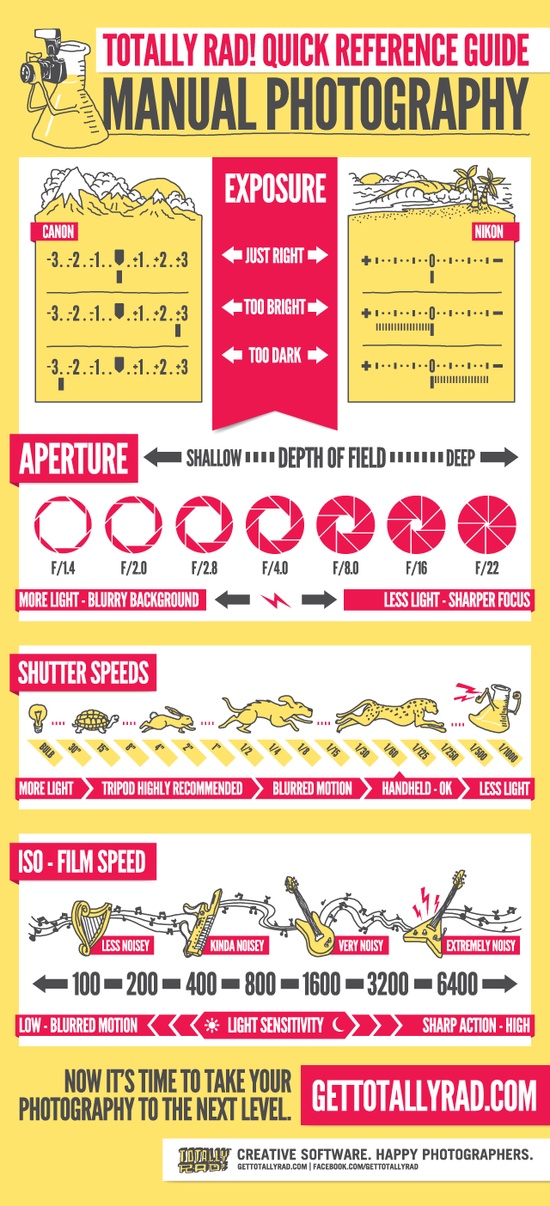Transform Your Digital Photography By Grasping Lighting Methods That Can Boost Your Photos-- Uncover The Typical Challenges That Could Be Holding You Back
Transform Your Digital Photography By Grasping Lighting Methods That Can Boost Your Photos-- Uncover The Typical Challenges That Could Be Holding You Back
Blog Article
Team Writer-Boone Heath
As a photographer, you recognize that lights can make or damage your photos. Comprehending the subtleties of both natural and man-made light is necessary for capturing the state of mind and clearness you aim for in your work. Whether Studio Photo going after the best gold hour radiance or fine-tuning your man-made setups, understanding these components can raise your digital photography significantly. But there are common risks that lots of forget, and recognizing them can transform your approach to every shoot. Allow's explore what you could be missing and just how it can affect your results.
Understanding All-natural Light
Understanding all-natural light is crucial for any type of professional photographer wanting to enhance their job. It's the structure of wonderful photography, influencing mood, tone, and clearness. When you fire outdoors, take notice of the time of day. The golden hour-- soon after dawn and before sundown-- supplies soft, cozy light that can change common scenes into magnificent images.
Don't ignore the power of cloudy days. Cloud cover diffuses sunlight, developing a soft, also light that's ideal for pictures and macro digital photography. You'll find colors appear this kind of lights without extreme shadows.
Positioning matters, too. Constantly consider your topic's positioning to the light. If the sunlight's behind your subject, you might end up with a silhouette, which can be remarkable yet mightn't be what you desire. On the other hand, direct sunshine can develop unflattering shadows.
Explore angles; occasionally, altering your perspective can generate incredible outcomes. Usage linked internet site -natural reflectors, like water or sand, to bounce light onto your subject, including measurement.
Mastering Artificial Light
Grasping artificial light is necessary for digital photographers who want to take their abilities to the following level. Whether Photoshoot near me making use of speedlights, studio strobes, or constant lights, recognizing exactly how to adjust these sources can dramatically improve your photos.
Beginning by acquainting on your own with the essentials of light top quality, instructions, and shade temperature. Experiment with different modifiers like softboxes, umbrellas, or grids to manage the softness or cruelty of the light.
You'll discover that soft light typically produces complementary results, while harsher light can include drama and depth. Do not shy away from shadows; they can improve the three-dimensionality of your subjects.
Pay attention to the positioning of your lights. A light positioned also near your topic can create unflattering outcomes, while too away can result in a lack of information. Make use of a light meter or your cam's histogram to guarantee you're subjecting properly.
Lastly, bear in Environmental photographer that man-made light can be blended with ambient light for innovative effects. Balancing these sources might take practice, once you understand it, your photography will really radiate.
Techniques for Different Scenarios
When you enter various capturing situations, adapting your illumination strategies is vital for capturing the best photos. For outdoor portraits, use the gold hour-- early morning or late afternoon light-- to soften shadows and enhance skin tones.
If it's a severe noontime sun, consider making use of a reflector to bounce light back onto your subject or seek shaded areas for a more also exposure.
In low-light situations, like indoor occasions, raise your ISO and utilize a broad aperture to allow in more light. A tripod can assist remove video camera shake, allowing for longer direct exposures without blurring.
If you're shooting at night, try out off-camera flash to produce dynamic lighting and depth in your photos.
For item digital photography, use diffused illumination to avoid rough reflections. Softboxes or light outdoors tents can help achieve this effect.
When photographing landscapes, take into consideration the direction of light and time of day, as it can substantially change the state of mind of your shot.
Constantly be ready to readjust your settings and positioning based on the scenario, as adaptability is key to understanding illumination in photography.
Conclusion
In conclusion, understanding illumination is crucial to raising your photography abilities. Accept natural light's beauty throughout gold hour, and don't shy away from trying out artificial light strategies. By adjusting your method to different circumstances, you'll catch stunning images that reverberate with feeling and clearness. Bear in mind, the ideal lights can transform an ordinary shot into something amazing, so keep exercising and fine-tuning your understanding of both all-natural and synthetic light. Satisfied shooting!
